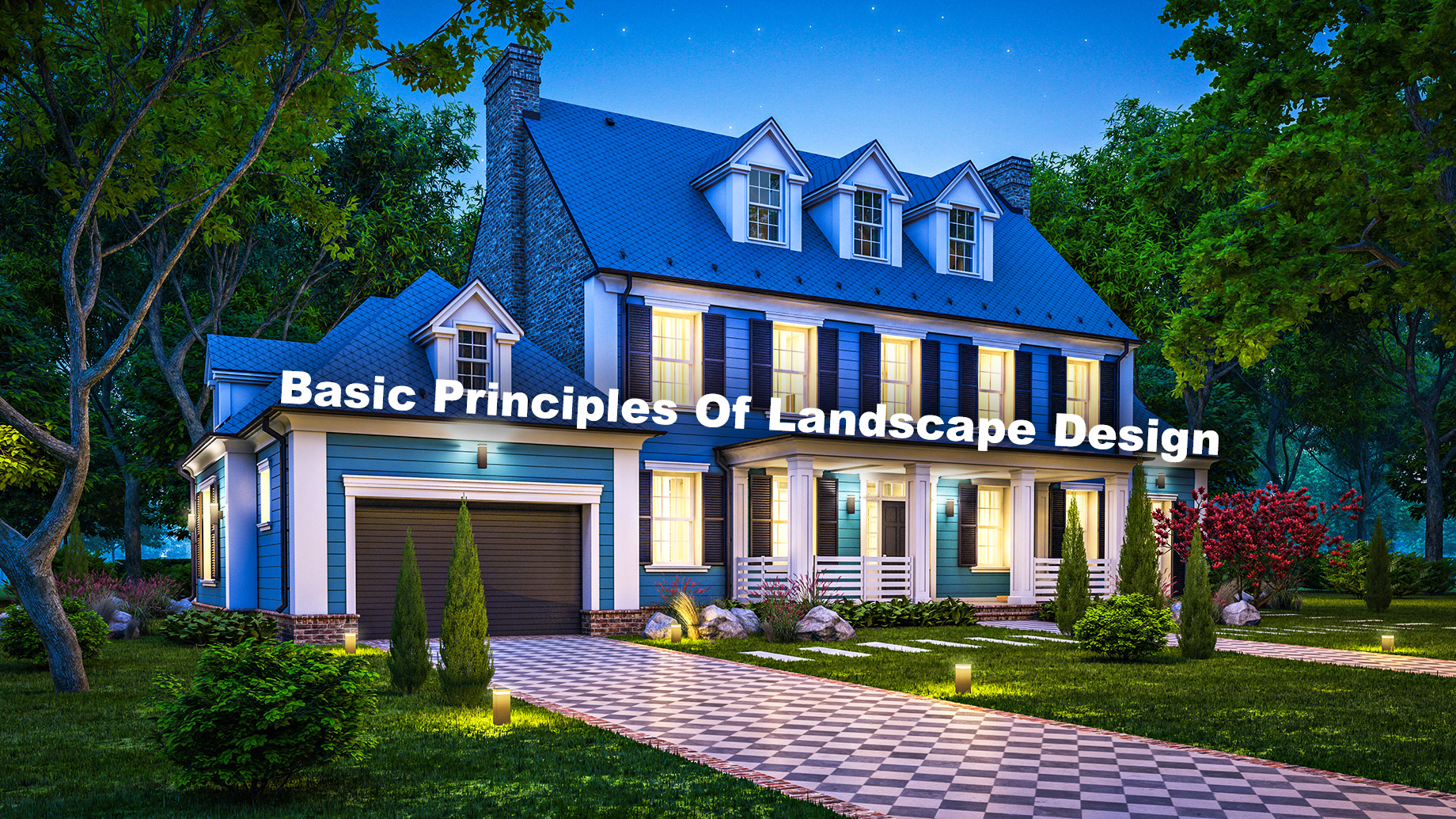
Have you decided to get your lawn a makeover? You are all over the internet, and your Pinterest boards are filled with beautiful landscapes that you want to manifest in your own yard, and yet, you can’t seem to find the right fit. Exhausted, you choose the right landscape contractors for you and sit down with them, and they create a beautiful lawn with a snap of their fingers, and you’re wondering how? Well, it is because they use a variety of guidelines and tools to create an appealing and functional outdoor space for your home. Since they are experienced and skilled in landscape designing, they can do it with so much more ease than you.
Since any landscape is never constant and constantly evolving, landscape designers employ a process that considers the changing factors. However, suppose you want to participate more during your consultation and are curious about the basic elements and principles that guide the designing of a landscape, you are in the right place. Beauty does lie in the eye of the beholder, but these guiding principles will help you unleash your creativity and give a balance to your design.
1. Unity
In landscape design, unity brings a sense of a whole. This can be achieved by sticking to a theme such as formal gardens for corporate offices, drought-resistant Xeriscape landscape design in Sacramento, and so on, which can be adopted. Unity is also achieved through a combination of dominance, interconnectedness, unity of three and simplicity while arranging textures, colors and patterns.
2. Balance and Order
Order is generally referred to as the layout of the design, which is achieved through a proper balance of elements. Balance is the equal attraction of the weight of the elements on an imaginary or real axis. Balance can be symmetrical, asymmetrical or perspective. Order can also be achieved by grouping the elements into distinct categories and arranging them around a central point.
3. Contrast and Harmony
Balancing contrasting and harmonizing elements is a tricky business but not impossible. One way it can be achieved is by juxtaposing complementary colors beside each other. Using contrast in your landscape can help highlight individual elements, while harmony needs to be ensured for the landscape to look unified.
4. Color
You can add life to your landscape by adding colors to it. A monochrome green landscape might appear symmetric, but it has no charm. You add colors to give new perspectives to your yard. For instance, warm colors make the objects appear closer, while cool colors make them appear far. Colors can easily be added to your lawn by using plants with different shades of green, flowers and shrubs and hardscapes.
5. Lines
Lines in a landscape are created by the edge between two materials, by creating a silhouette or by linearity. They are a powerful tool since they can be used to create an infinite number of shapes and forms which control the movement of the eye and body. Landscape designers use lines to create various patterns, maintain spaces, establish dominance and create a unified theme for the scene. The way lines are used in a landscape determines how an individual responds to the lawn, physically and emotionally.
6. Form
When a shape is given a 3-D appearance, it becomes a form. The form is the most dominant feature of a landscape that organizes the landscape above the ground level. The plants, hardscapes and other ornaments will determine the overall look your lawn takes. Forms can be formal or informal based on how you want your yard to look.
7. Proportion
Proportion is the sense of equilibrium in features. The size of the plants, hardscaping and the building, should be in proportion to each other and the human scale. Small plants in the yard might go unnoticed, but planting a huge banyan tree will obscure the house. To achieve a balance, take a step back and visualize how the various elements appear as a whole.
8. Repetition
Repetition can be created by the repeated use of design elements to create a pattern in the design. It created a rhythm in the landscape when used carefully. Too much repetition can create a monotonous design, and too little will make the landscape appear haphazard. Gradation is another way to make repetition more interesting by slowly changing certain characteristics of an element.
These eight basic principles can help you gain a better understanding of landscape design. By making the proper use of these principles, you and your contractor can create an aesthetically pleasing landscape for your property. Professional landscape design services can apply these principles effectively, ensuring your outdoor space becomes a harmonious and inviting extension of your home.